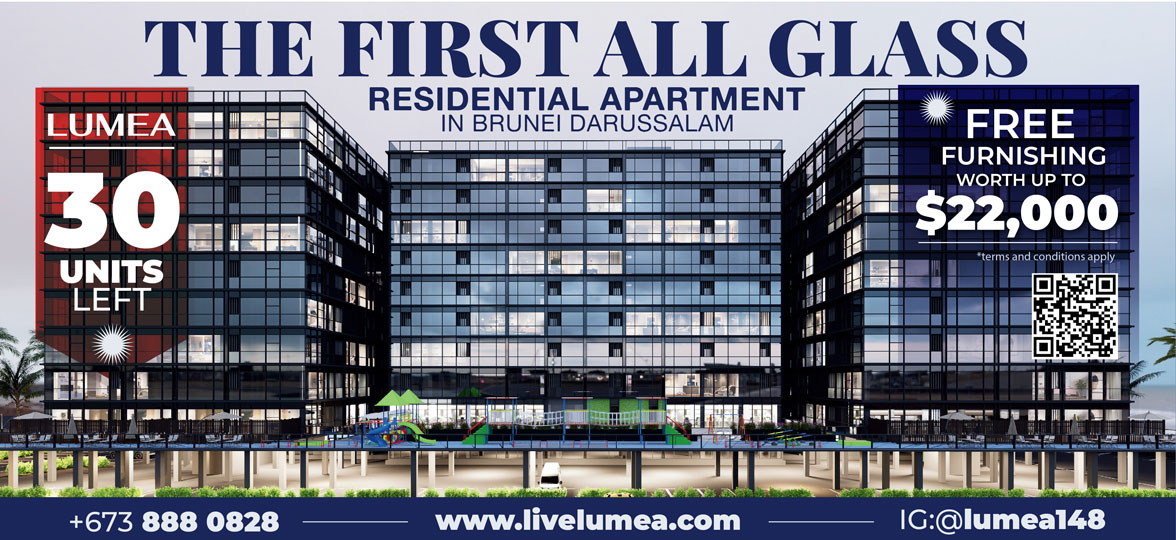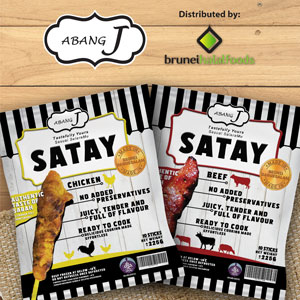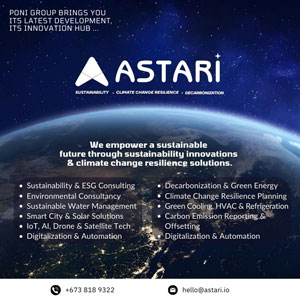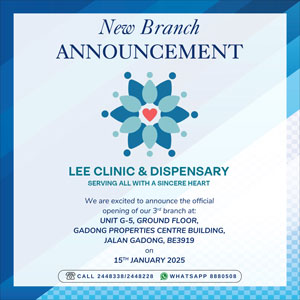AL-ULA, SAUDI ARABIA (AFP) – In one of Saudi artist Ahmed Mater’s best-known works, a silhouette of a gas pump morphs into a man holding a gun to his head – a clear critique of oil’s damaging influence.
Yet for several years, most Saudis couldn’t see the piece, titled Evolution of Man, as local curators deemed it too sensitive to show in the oil-reliant kingdom.
Its inclusion in a recent exhibition in the capital Riyadh is just one sign of changing times.
With Crown Prince Mohammed bin Salman, eager to rebrand Saudi Arabia as a global arts destination, officials are heaping previously unheard-of opportunities on Mater and his peers.
They unveiled the latest recently, a plan to feature Mater and another politically minded Saudi artist, Manal AlDowayan, in a series of permanent installations in the deserts outside Al-Ula, a budding tourist magnet in the northwestern Medina region.
For artists like Mater, the state backing is a welcome relief after years of straining to reach Saudi audiences and cultivate a vibrant domestic arts scene.
“I usually believe in creating a grassroots movement that will be organic, but what if there is top-down support for this? Even better,” he told AFP. “That’s the change. That’s the new thing.”
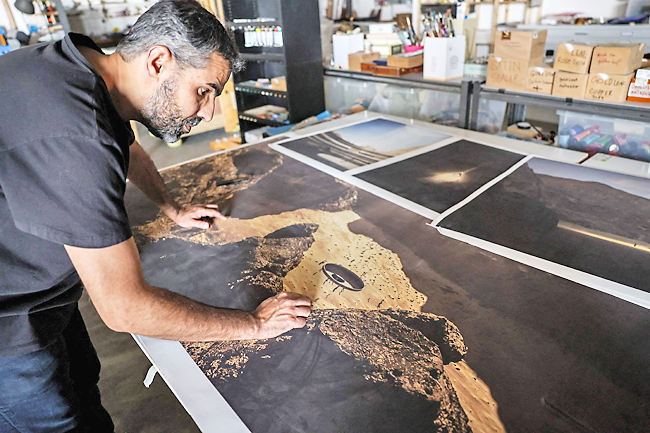
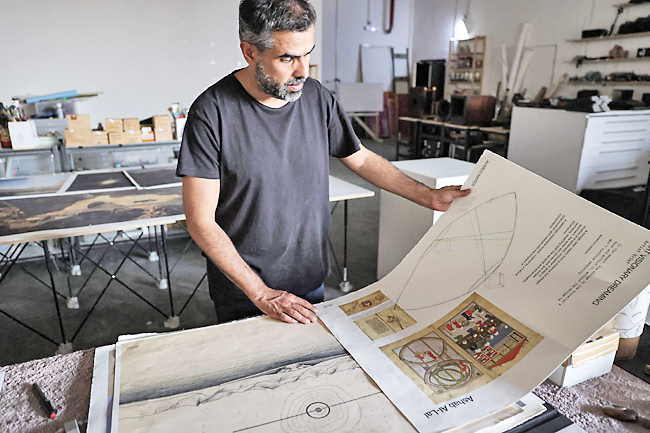
The project in Al-Ula – known as Wadi AlFann, or “Valley of the Arts” – is ultimately meant to cover 65 square kilometres of Saudi desert with new examples of “land art”, the movement that sought to bring art into nature.
Besides Mater and AlDowayan, contributors include land art giants like Hungarian-American Agnes Denes, who in the 1980s famously planted and harvested two acres of wheat just blocks from Wall Street. It is part of a broader goal to transform Al-Ula, famed for its ancient Nabataean tombs dotted amid sandstone mountains and wadis, into a top-tier arts hub, complete with luxury eco-resorts and a posh theatre covered in mirrored panels.
The Wadi AlFann works “are on a scale and ambition, and they have such vision behind them, that I think people will want to come for many, many generations to visit them”, said curator Iwona Blazwick, former director of London’s Whitechapel Gallery.
AlDowayan, one of the Saudi contributors, told AFP that until recently her work had been seen more frequently outside the kingdom than within it, though she dismissed the notion that this had anything to do with censorship.
“I was talking about very tough subjects when it was really restrictive here, and I was fine. They published me in every single newspaper. I’ve never been censored,” she said.
After two decades of showing largely for foreigners, AlDowayan is now basking in a surge of domestic attention.
“I’m being exhibited constantly here,” she said. “I’m being rediscovered by my people, my community. They used to follow me on Instagram. Now they can actually go and see the artworks.”
Mater’s project for Wadi AlFann involves building tunnels that visitors can enter.
Once inside, their hologram-like images will be projected above the dunes – an effect akin to a mirage. The idea is to use a monument to centre ordinary people.
“Usually sculpture is about landmarks of power,” Mater said. “And what I’m talking about here is, the power is the people themselves,” the artist added.

